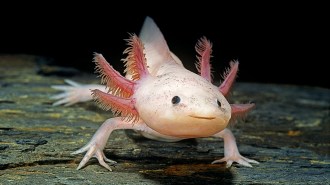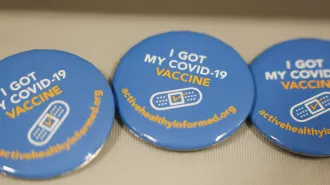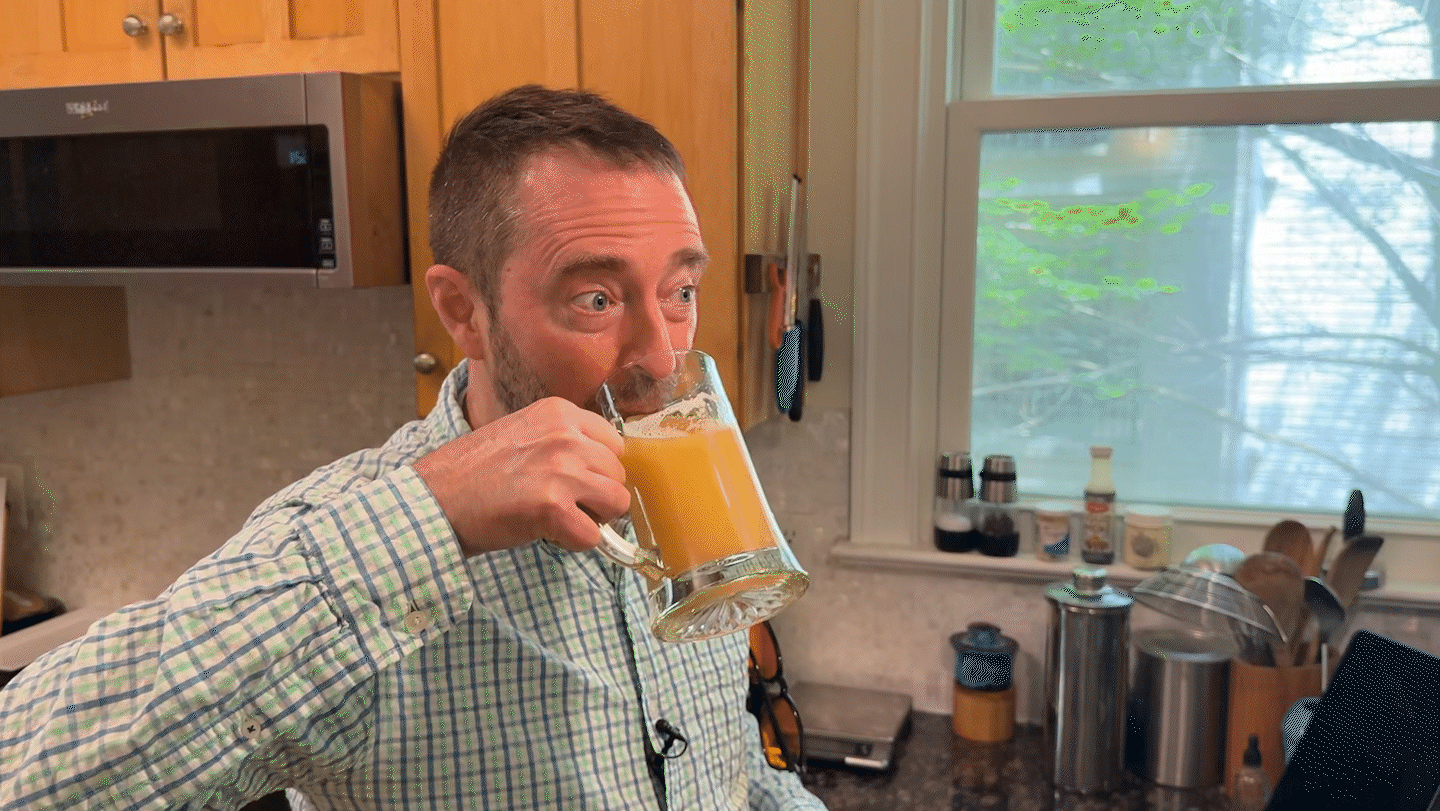One protein mediates damage from high-fructose diet
Sweet reversal: Harmful effects of fructose traced to one protein in a study of mice
- More than 2 years ago
Knocking out a liver protein in mice can reverse the damaging effects of a super-sweet diet. Diets loaded with high-fructose corn syrup wreak havoc on metabolic processes, but how fructose does its damage has been a mystery. The new study, appearing in the March 4 Cell Metabolism, identifies a possible culprit, a protein in the liver called PGC-1 beta.
The new research is “putting together things that we know and making a link,” comments Carlos Hernandez of the University of Michigan in Ann Arbor. The paper highlights the importance of PGC-1 beta in the whole process, says Hernandez, who wrote a commentary in the same issue of Cell Metabolism on the new research.
Over the past decade, high-fructose corn syrup has made its way into Western diets through soda and processed foods in ever-increasing amounts. Diets high in fructose are linked to a slew of metabolic disorders, including nonalcoholic fatty liver disease, high blood levels of triglycerides, and insulin resistance, which is tied to type 2 diabetes, says study coauthor Yoshio Nagai, a physiologist at Yale University School of Medicine. “Many people think fat is the enemy, but they don’t care about sweeteners.”
Just like humans, mice fed a high-fructose diet develop insulin resistance and fatty liver disease. But when Nagai and his colleagues reduced the levels of the PGC-1 beta protein specifically in mice’s livers and fat tissue, these mice no longer showed signs of either disease. The mice ate a very high-fructose diet and remained unscathed, the team reports.
“PCG-1 beta knockdown can reverse the effects of a high-fructose diet in the development of insulin resistance, which is, in my opinion, a very novel, important finding,” Hernandez says.
But the picture is not clear yet. Getting rid of PGC-1 beta in mice that ate a regular diet actually caused insulin resistance. “We don’t know what’s happening under normal diet conditions, when the lack of PGC-1 beta produces insulin resistance,” Hernandez says.
The effect may be because of PGC-1 beta’s second job — controlling the numbers of energy-producing mitochondria in cells.
Targeting PGC-1 beta may eventually be a way to prevent the insulin resistance that results from eating too much fructose, says Nagai. But he also offers an easier strategy to avoid the health problems: Eat less fructose.







